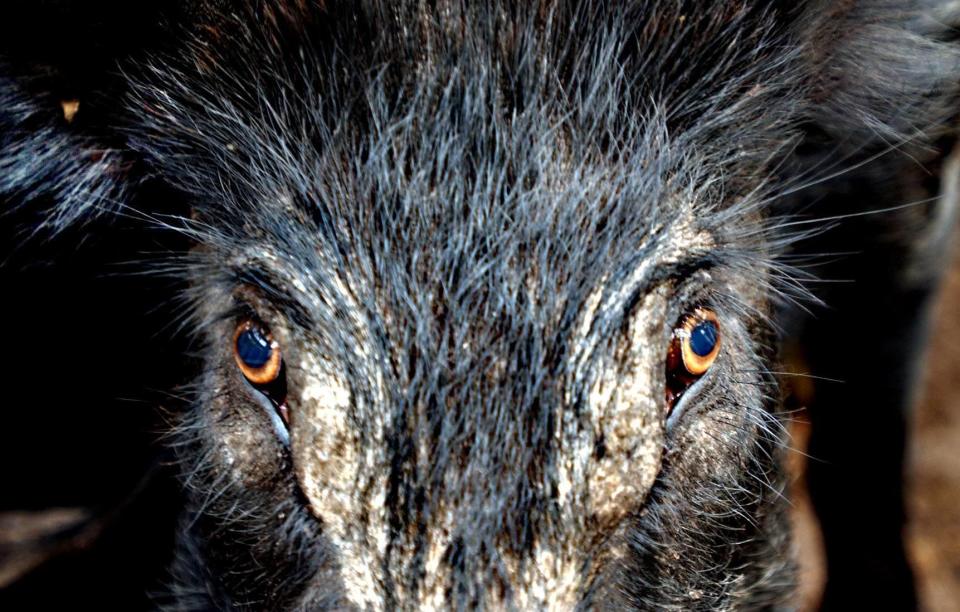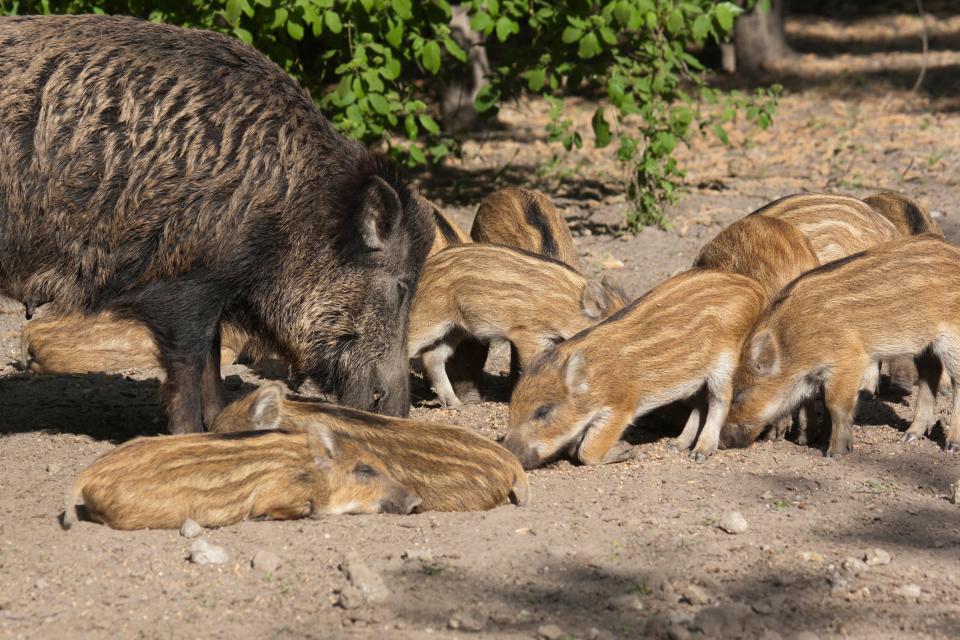Feral hogs take root in Alabama as population explodes
It’s a top 10 that Alabama doesn’t want. The state now has one of the nation's densest feral hog populations.
The feral hog problem as a whole has spread to 35 states, but the pigs are in all 67 counties in Alabama, according to the Alabama Department of Conservation. Nationwide, the exploding porcine population causes an estimated $2.5 billion − yes, that's with a B − damage to agriculture and forestry industries in the country each year, the U.S. Department of Agriculture says.
Agriculture is the top industry in Alabama, according to the Alabama Farmers Federation. It drives a $70.4 billion annual economic impact and supplies 580,295 jobs, federation figures show.
Along the way, the invasive species causes widespread environmental damage and impacts natural wildlife by competing for food, and even feeding on small animals.
Alabama’s population of the porkers comes in as the ninth highest in the nation, according to a study by Captain Experiences, a hunting and fishing outfitter organization. The hogs' largest numbers appear in southeastern states.

The state with the most hogs? That would be Texas, said William Green, wildlife division director of the federation. The Lone Star State is the largest state in the contiguous U.S.
“Five years ago, we never had a problem,” said Larry Phillips, who has a small cattle operation on family land in south Lowndes County. “Now they have moved in and are causing real problems tearing up the pastures.
“And they are wrecking the woods, too, with their rooting and wallowing. I can’t tell you how many holes we’ve filled up in the pastures.”
Why are wild hogs such a problem?
They have been described as "four-footed kudzu," almost impossible to eradicate after taking root. Nature and numbers seem to tip the battle of the swine in favor of the enemy.
Sows become sexually mature at six months, and can drop two litters a year. The average litter size is six to 12 piglets. After reaching about two months old, the piglets have no natural predators. Adult hogs have no natural predators, other than man.
A study conducted by Mississippi State University shows pig populations can double each year. Adult wild hogs eat 3 to 5 percent of their body weight daily, so 100 hogs can eat 600 pounds of food daily or 110 tons each year.
More: Alabama's wild hog problem
Hogs are omnivores, eating just about anything including plants, small animals and carrion.
They're also smart, or at least smarter than the average mammal. That makes it difficult to try to control the population. Despite the best efforts of hunters, the numbers can’t be controlled one rifle bullet at as time.
“Hogs are intelligent,” Green said. “If you shoot one or two in a field, the others will stay away from that field. Or they will become nocturnal.”

Hunting techniques
The population can’t be removed, just controlled, Green said. The best way is trapping, where you target the entire family group. And it takes time.
The best practice is to spread bait on the ground, without a trap, Green said. Once the hogs get accustomed to feeding, start building your trap piece by piece over time. Technology allows hunters to view the trap on a cell phone and trigger the door remotely.
“You want to trap the entire sounder if possible,” Green said. “Because if any pigs escape, it will be very difficult to get them to enter a trap again.”
Once in the trap, state law requires that they be killed. It’s illegal to transport live feral hogs.
Contact Montgomery Advertiser reporter Marty Roney at mroney@gannett.com.
This article originally appeared on Montgomery Advertiser: Feral hog numbers exploding in Alabama

